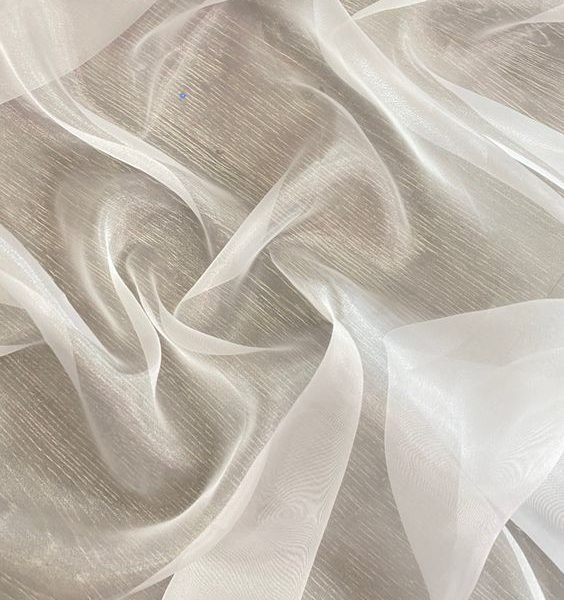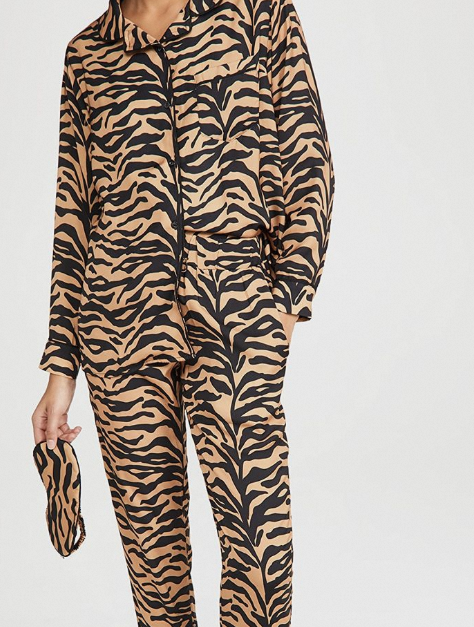Mesh fabric, instantly recognizable by its net-like structure, is a popular material with a wide range of applications. Its breathable and lightweight properties make it ideal for clothing, accessories, and even household items. Whether you’re a fitness enthusiast seeking peak performance or a crafter looking for creative materials, mesh fabric offers a unique combination of functionality and style.
Understanding Mesh Fabric
Mesh is a see-through material characterized by its open weave or knitted construction. This open design creates numerous tiny holes throughout the fabric, allowing for superior airflow and ventilation. Traditionally crafted from natural fibers like cotton or silk, modern mesh fabrics primarily rely on synthetic materials like polyester, nylon, and spandex. These synthetic fibers offer several advantages, including:

- Durability: Synthetic mesh fabrics are generally more resistant to tearing and ripping compared to natural fibers.
- Wrinkle Resistance: Synthetic materials are less prone to wrinkles, making them ideal for low-maintenance garments.
- Moisture-wicking: Many synthetic mesh fabrics effectively wick away sweat and moisture from the body, keeping you cool and dry during physical activity.
- Shape Retention: Synthetic fibers can retain their shape well, even after repeated stretching and washing.
The type of fiber used, the weave or knit pattern, and the hole size all contribute to the specific properties of a mesh fabric. For instance, a tightly woven polyester mesh might be more wind-resistant than a loosely knit cotton mesh, while a power mesh with a high spandex content will offer superior stretch and support.
Benefits of Mesh Fabric
Mesh fabric boasts a variety of benefits that make it a popular choice across various industries. Here are some of the key advantages:

- Breathability: The open weave of mesh allows for exceptional air circulation, making it ideal for activewear and sportswear.
- Lightweight: Mesh fabrics are incredibly lightweight, adding minimal bulk or weight to garments and accessories.
- Comfort: The combination of breathability and lightweight construction makes mesh fabric comfortable to wear, especially in warm or humid conditions.
- Visibility: Mesh offers varying degrees of transparency, allowing for see-through panels or pockets while maintaining some level of coverage.
- Versatility: Mesh fabric can be dyed or printed in various colors and patterns, making it suitable for a broad range of aesthetic preferences.
- Durability: Modern synthetic mesh fabrics are surprisingly durable and can withstand regular wear and tear.
- Easy Care: Most mesh fabrics are machine washable and dry quickly, making them easy to maintain.
Applications of Mesh Fabric
Due to its versatility and beneficial properties, mesh fabric finds application in numerous areas. Here’s a glimpse into the diverse uses of mesh:

- Apparel: Mesh is a staple material in athletic wear, including jerseys, shorts, leggings, and ventilation panels. It’s also used in everyday clothing like t-shirts, dresses, and hats for its breathability and comfort.
- Underwear and Lingerie: Mesh fabrics are often used in lingerie and undergarments due to their breathability and lightweight feel.
- Accessories: Mesh hats, bags, and visors are popular choices for their practicality and sporty aesthetic.
- Footwear: Breathable mesh uppers are a common feature in athletic shoes and sandals.
- Home Goods: Mesh laundry bags, hamper liners, and shower curtains promote ventilation and prevent moisture build-up.
- Industrial Applications: Heavy-duty mesh fabrics are used for various industrial purposes, such as fencing, screening, and filtration.
Choosing the Right Mesh Fabric
With the vast array of mesh fabrics メッシュ 生地 available, selecting the perfect one for your project requires considering several factors:

- Fiber Content: Consider the benefits of different fibers. Polyester offers durability and moisture-wicking properties, while nylon might provide superior stretch and recovery.
- Weight: Mesh fabrics come in various weights, from ultralight sheers to heavy-duty options. Choose a weight that suits the application. Lightweight mesh is ideal for clothing, while heavier mesh might be better suited for bags or industrial uses.
- Hole Size: The size of the holes in the mesh affects breathability and visibility. Tightly woven mesh offers more privacy but less airflow, while larger holes provide superior ventilation but less coverage.
- Stretch: The amount of stretch in the mesh fabric is crucial for garments that require flexibility and movement. Look for fabrics with spandex content for better stretch and recovery.
Working with Mesh Fabric
Mesh fabric can be a rewarding material to work with for sewing projects. However, its open weave requires some special handling techniques:
- Fabric Choice: Select a needle size and thread weight suitable for the mesh fabric’s weight and hole size. A finer needle and thread will help prevent snags and puckering.
- Sewing Machine Settings: Adjust your sewing machine’s tension settings to prevent the thread from pulling the mesh fabric out of shape. A walking foot attachment can also be helpful for feeding the fabric evenly.
- Seams and Finishes: French seams or zigzag stitches are recommended for finishing edges on mesh to prevent fraying. You can also use binding or bias tape for a clean and polished look.
- Reinforcement: Consider using interfacing or stabilizer for areas that require more structure or support, such as buttonholes or bag straps.
Beyond the Basics: Creative Applications of Mesh Fabric
Mesh fabric’s versatility extends beyond its traditional uses. Here are some creative ways to incorporate mesh into your projects:
- Clothing Accents: Mesh panels can add a breathable and stylish element to dresses, shirts, or skirts.
- Lingerie and Sleepwear: Layered mesh adds a touch of delicate texture to lingerie and sleepwear designs.
- Bags and Totes: Mesh tote bags are perfect for the beach, gym, or grocery shopping, offering both functionality and style.
- Home Decor: Mesh can be used for window treatments, room dividers, or even DIY lampshades, adding a touch of airy elegance to your space.
- Crafting and Upcycling: Repurpose old mesh garments or netting into creative projects like tote bags, laundry bags, or plant holders.
Mesh Fabric Care Tips
Caring for mesh fabric is relatively simple. Here are some general guidelines:

- Washing: Follow the care instructions on the fabric label. Most mesh fabrics can be machine-washed on a gentle cycle with cold water.
- Drying: Air drying is generally recommended for mesh fabrics to prevent shrinkage or damage from high heat.
- Ironing: If ironing is necessary, use a low heat setting and avoid placing the iron directly on the mesh.
By following these tips, you can ensure that your mesh garments and accessories stay looking their best for years to come.
Unleash Your Creativity with Mesh Fabric
Mesh fabric’s unique combination of breathability, comfort, and versatility makes it a valuable addition to any crafter’s or designer’s arsenal. With its wide range of applications and ease of care, mesh opens doors to countless creative possibilities. So, explore the world of mesh, unleash your creativity, and bring your ideas to life!


